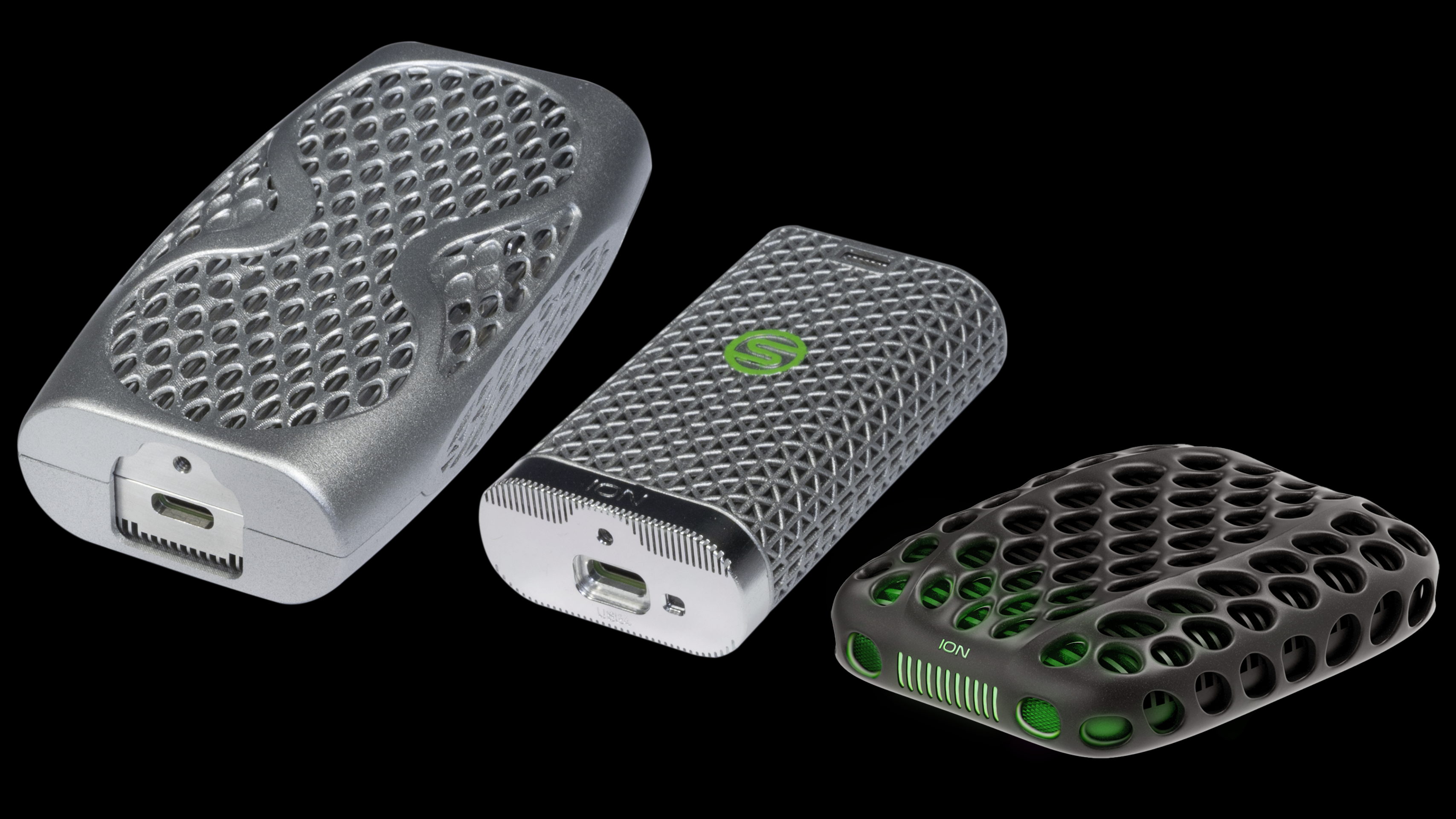Compact cameras are trendy, but these 7 small mirrorless kits are much cheaper (and better)
Looking for a compact camera because point-and-shoots are cheap? Think again, these mirrorless cameras actually cost less than high-end compacts
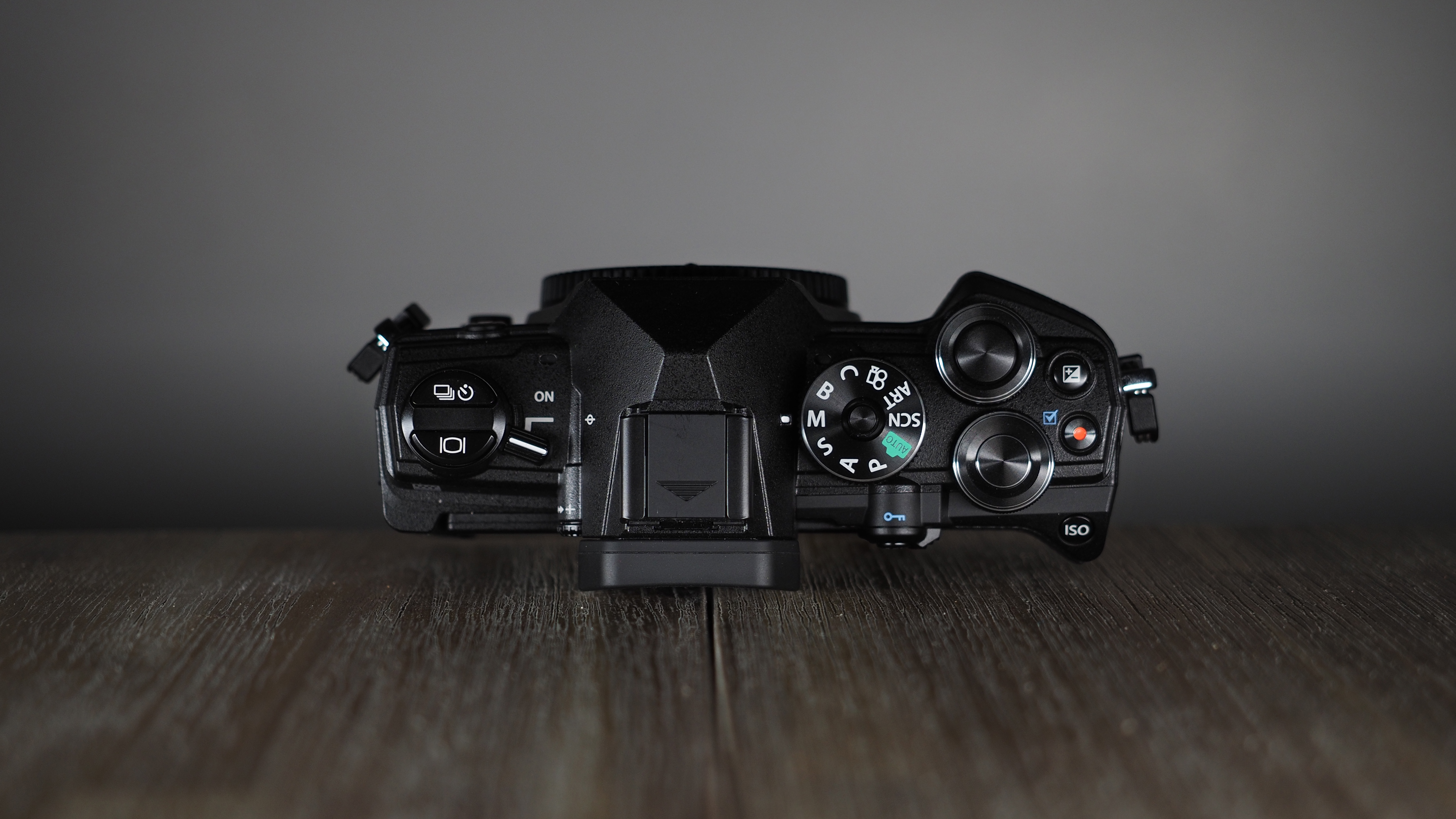
Point-and-shoots used to be the king of budget cameras. But, most of today’s compact cameras are designed to elevate image quality over a smartphone – and the price has increased accordingly. The most popular compact cameras in 2025 are the options that offer a high-end imaging experience in a pocketable size. In many cases, the trendiest compact cameras can cost more than many entry-level mirrorless cameras.
I’m not saying that you shouldn’t buy a compact camera. While there are some small mirrorless systems, the point-and-shoot is still smaller and a good choice when space is at a premium. But if you are shopping for a compact camera because point-and-shoots are cheaper than interchangeable-lens cameras, well, then I’m here to dispel that myth.
Yes, some compact cameras are cheap as chips, like the Kodak Pixpro FZ45. But most of the trendiest compact cameras that will truly elevate the image quality well above a smartphone cost thousands of dollars. The trendy Fujifilm X100VI, for example, sells for $1,599 / £1,599 / AU$2,899 if you’re lucky enough to find it in stock at list price. The Sony RX100 VII sells for about $1,500 / £1,000 / AU$1,899. The Canon Powershot G7X Mark III is supposed to sell for $800 / £749 / AU$1,299, but its viral popularity means it's selling for hundreds more than that on eBay.
Mirrorless cameras won’t be as small, but some mirrorless kits are more compact than others. The lens is often what makes a mirrorless camera so large – a good pancake lens will go a long way to keep the mirrorless setup small and lightweight. A pancake lens is a tiny lens that’s almost as flat as a pancake, hence the name. Adding one to the front of a smaller mirrorless camera goes a long way to making an interchangeable lens camera travel-friendly.
You won’t be able to slide a mirrorless camera in your pocket. But, do you really want to just slip a $1,599 / £1,599 / AU$2,899 X100VI in your pocket? You shouldn’t, not without at least putting it in a protective case (see our choice of bags and accessories for the X100VI).
If you want a small camera that can capture far better images than a smartphone, you may want to consider these compact mirrorless alongside the best compact cameras. And, they all cost less than the retail price of the Fujifilm X100VI.
Nikon Z30
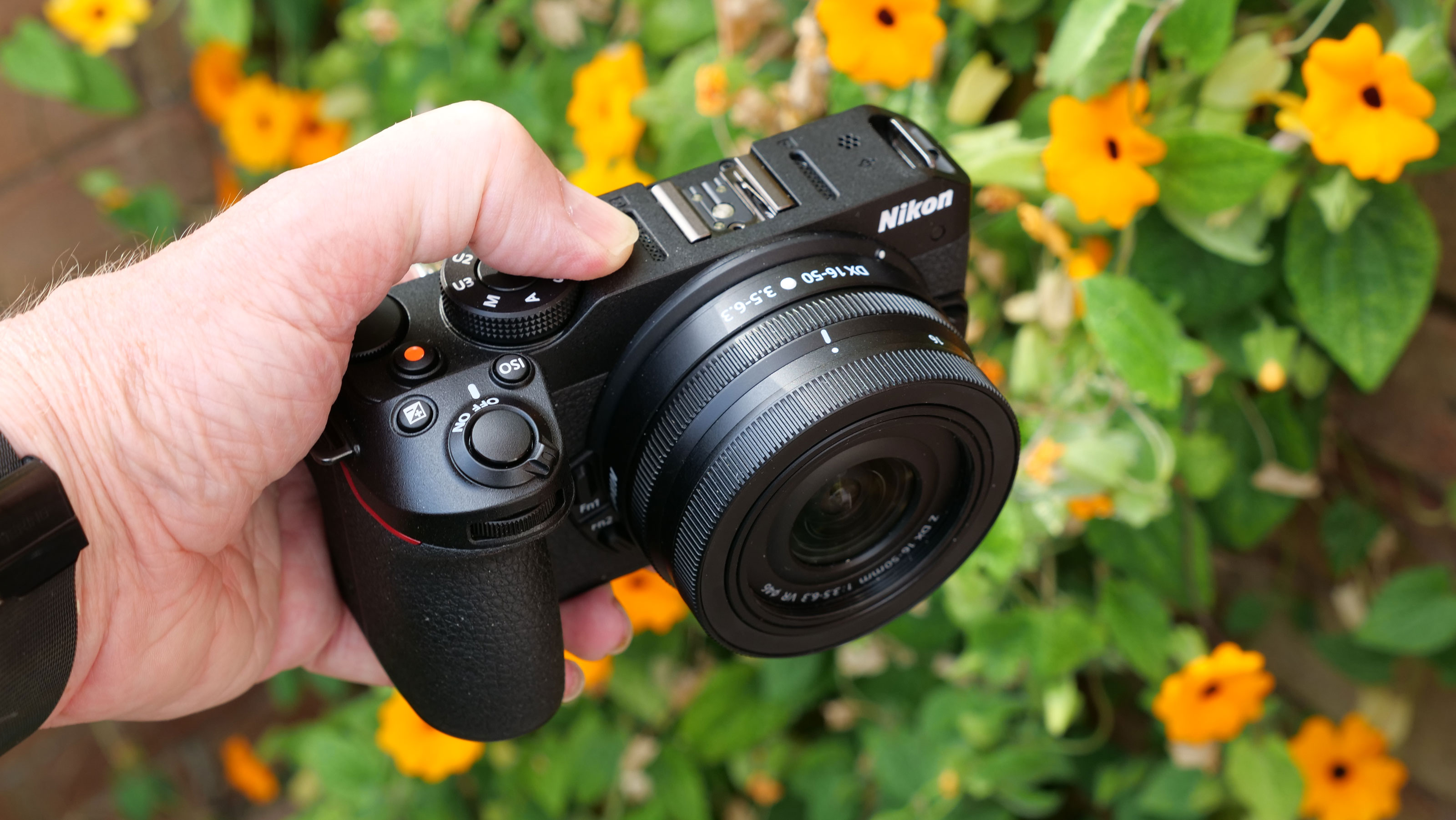
How big is it? 128 x 73.5 x 59.5mm, excluding the lens
How big is the sensor? 20.9MP APS-C
What about a small pancake lens? Opt for the kit that includes the DX 16-50mm f/3.5-6.3 VR lens
The Nikon Z30 isn’t just Nikon’s cheapest current model mirrorless – it’s also the smallest. That small design sacrifices features like a viewfinder, but means the Z30 is surprisingly small for a mirrorless camera. The larger grip will keep it out of pockets, but makes for a comfortable hold while still leaving the camera impressively small and lightweight.
Get the Digital Camera World Newsletter
The best camera deals, reviews, product advice, and unmissable photography news, direct to your inbox!
One of the features that impressed me most about the Nikon Z30 is that it doesn’t feel like a cheap camera. The Z30 has a magnesium alloy build, so it doesn’t have the plasticky feel of other budget cameras. The Z30 is more geared towards vlogging – it’s not a bad option for stills if you need something cheap and small, but if you want a viewfinder there are still other compact options out there, like the Nikon Z50 II.
Nikon Z50 II
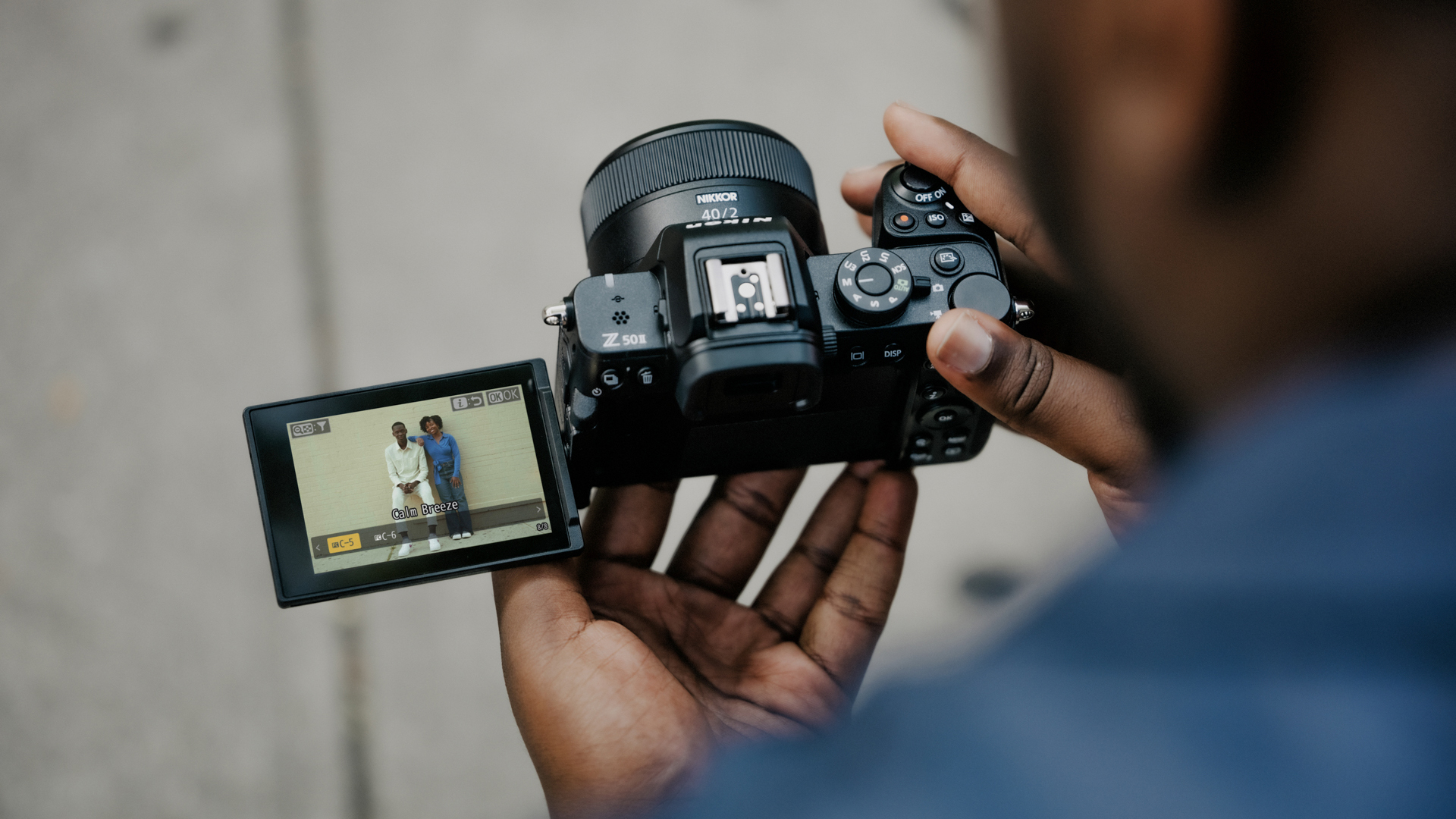
How big is it? 5 x 3.8 x 2.6" / 127 x 96.8 x 66.5 mm, excluding the lens
How big is the sensor? 20.9MP APS-C sensor
What about a small pancake lens? Pick the kit with the 16-50mm zoom lens or the 24mm for the most compact setup
The Nikon Z50 II is larger and pricier than the Z30, but it still costs less than compacts like the X100VI and RX100 VII. Unlike the Z30, the Z50 II has a viewfinder. The newly launched camera also offers an excellent autofocus performance for the price point.
If you want a camera that’s affordable, fairly small, and offers fast performance, the Nikon Z50 II is one to consider. It’s not pocketable, but speedy performance in a budget camera is hard to find, and the Z50 II is still smaller than Nikon’s full-frame choices.
Sony a6400
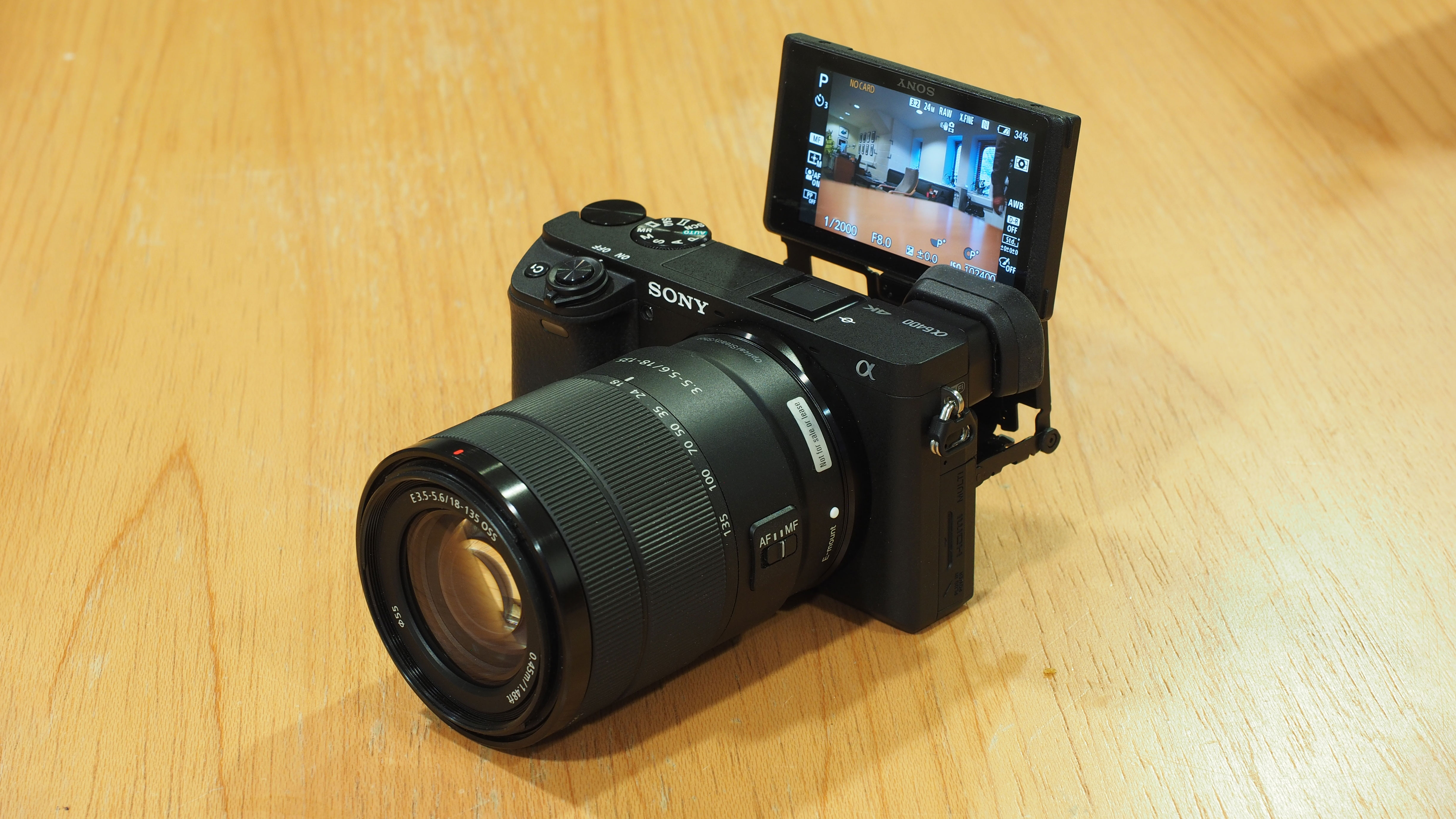
How big is it? 120.0 x 66.9 x 59.7mm, excluding the lens
How big is the sensor? 24.2MP APS-C
What about a small pancake lens? Try the Sony E 20mm f/2.8 to make this camera feel more like a point-and-shoot
While many compact mirrorless systems do away with the viewfinder and grip, the Sony a6400 does not. It’s a capable yet affordable mirrorless system with the opportunity to grow into more advanced camera systems down the road.
One of the reasons that the Sony a6400 is small is that it uses a rangefinder-inspired viewfinder, tucking the viewfinder in the corner so the camera doesn’t need that large viewfinder bump in the middle. That makes it a pretty small and affordable entry-level camera that still offers a solid crop sensor and good autofocus performance.
Sony ZV-E10 II
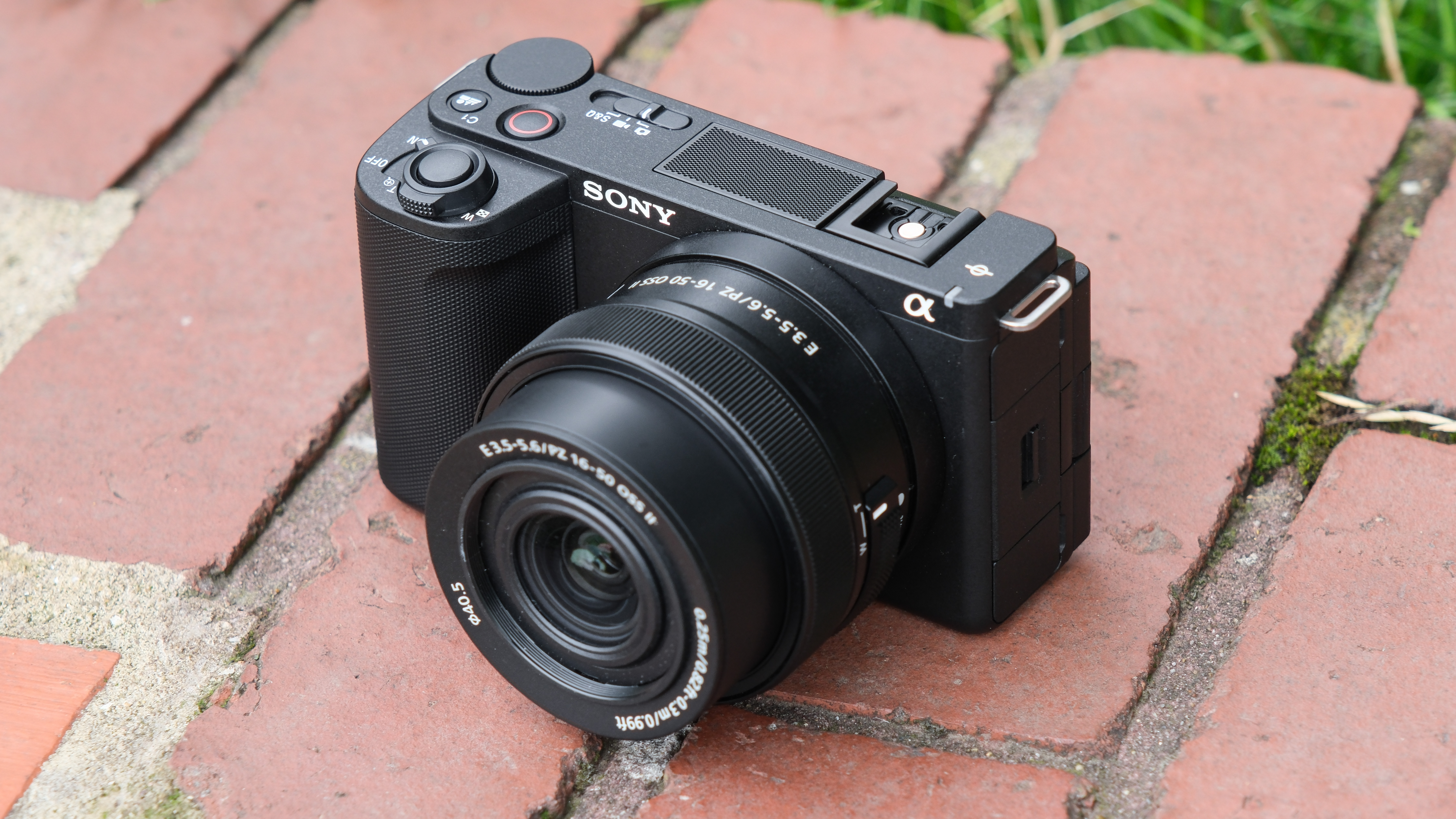
How big is it? 114.8 x 67.5 x 54.2mm
How big is the sensor? 26MP APS-C
What about a small pancake lens? The 16-50mm kit lens isn’t terribly large, but for the smallest system, try the Sony E 20mm f/2.8
The Sony ZV-E10 II is really the vlogger’s Sony a6400. It doesn’t have a viewfinder, which makes it a bit smaller than the a6400. It also has video specs like 4K 60p and 10-bit internal recording and options for streaming.
While the camera is smaller, if you’re not a vlogger, the a6400 may be the better choice with its viewfinder and mechanical shutter for still shooting.
Canon EOS R50 V

How big is it? 119.3 x 73.7 x 45.2mm without the lens
How big is the sensor? 24MP APS-C
What about a small pancake lens? The Canon RF 28mm f/2.8 STM is a tiny lens for this camera, if the 14-30mm PZ lens in the kit is too big
Canon makes some excellent mirrorless cameras, but Canon's R series tends to feel more like DSLR-like in the large ergonomic grips. (Don’t get me wrong, I actually love Canon’s ergonomics, but they’re hardly compact.) The new Canon EOS R50 V, however, bucks that trend, sliding into the lineup as a smaller mirrorless system with features geared toward video.
The Canon EOS R50 V is made for video, not still photography, but it actually slides in at a slightly cheaper price point compared to the point-and-shoot PowerShot V1. The oversampled 4K 30p and advanced video features make it a nice choice for vloggers looking to upgrade from their smartphone, and the boxy viewfinder-free design also makes it rather compact.
Fujifilm X-S20
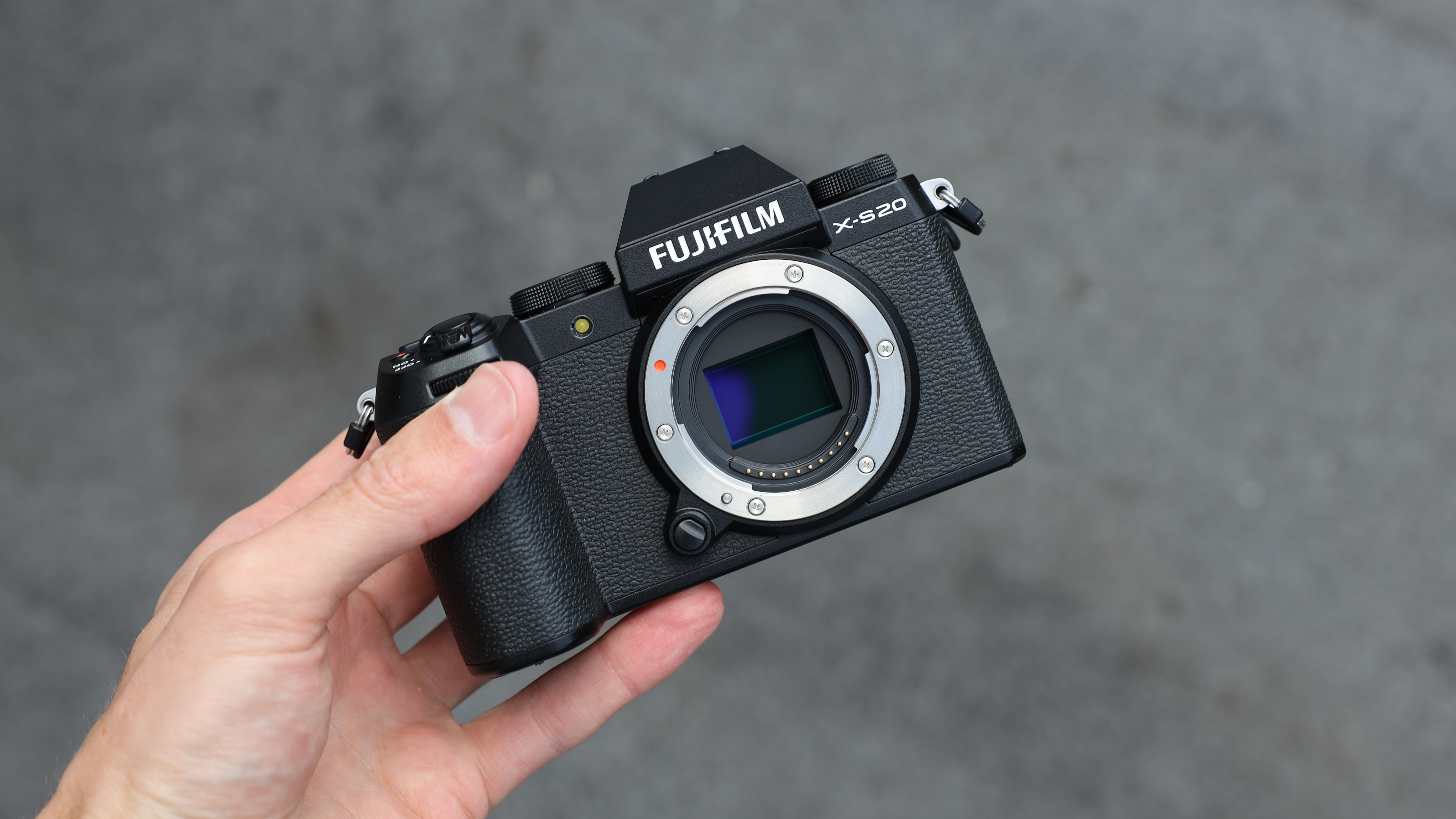
How big is it? 127.7 x 85.1 x 65.4 mm, excluding the lens
How big is the sensor? 26.1MP APS-C
What about a small pancake lens? Try the Fujifilm 27mm f/2.8 R WR for the most compact system
If you’ve been eyeing the retro style of the Fujifilm X100VI, you can find a similar old-school look in the Fujifilm X-S20. The X-S20 doesn’t have as high of a resolution as the X100VI (for that, you’d want to look at options like the pricier Fujifilm X-T50). But, it’s a retro-looking hybrid camera that‘s geared for both stills and video.
The Fujifilm X-S20 isn’t as compact as the X-M5, but the X-M5’s popularity means it's hard to find in stock. Plus, the X-S20 still has a viewfinder and a comfortable grip. You’ll get the more newbie-friendly automatic mode dial rather than the X100VI’s shutter speed and exposure compensation dials, however.
OM System OM-5
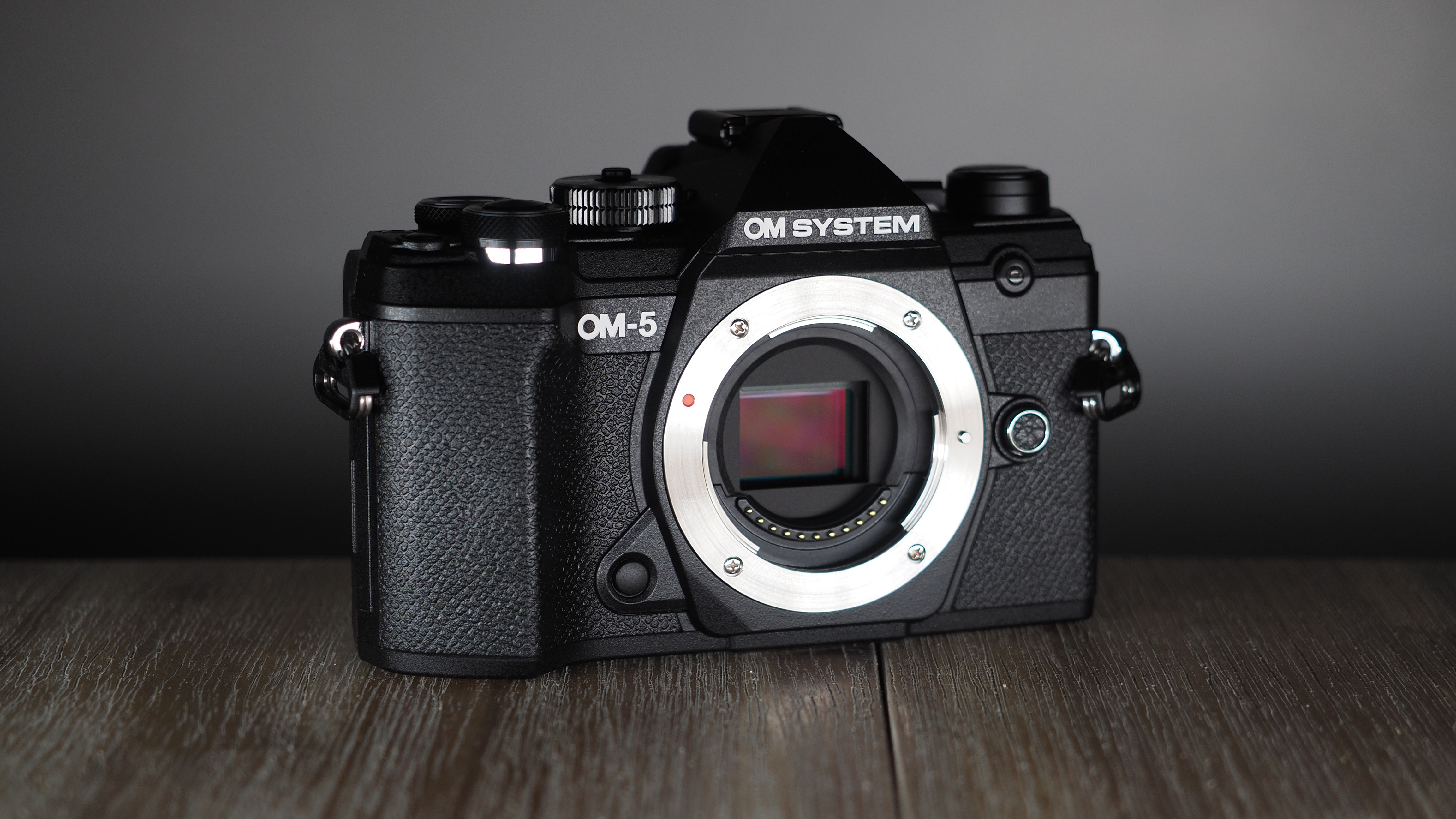
How big is it? 125.3 x 85.2 x 49.7mm
How big is the sensor? 20.4MP Micro Four Thirds
What about a small pancake lens? Skip the kit and add the tiny 14-42mm f/3.5-5.6 EZ to the body-only
Many budget mirrorless cameras skip out on features like stabilization and weather sealing – but that’s not the case with the OM System OM-5. If you want a mirrorless system that’s retro, compact, affordable, and can shoot in the rain, look no further than the OM-5. It also has 7.5 stops of stabilization, which is a key feature for taking pictures in limited light (or for new photographers in general).
The OM-5 is a Micro Four Thirds camera. That means the sensor isn’t as large as the APS-C cameras on this list. But that makes it a pretty compact system that’s also relatively affordable too. If you go beyond a compact pancake lens down the road, that smaller sensor also makes the telephoto lenses more manageable.
Honorable mention: Panasonic Lumix S9
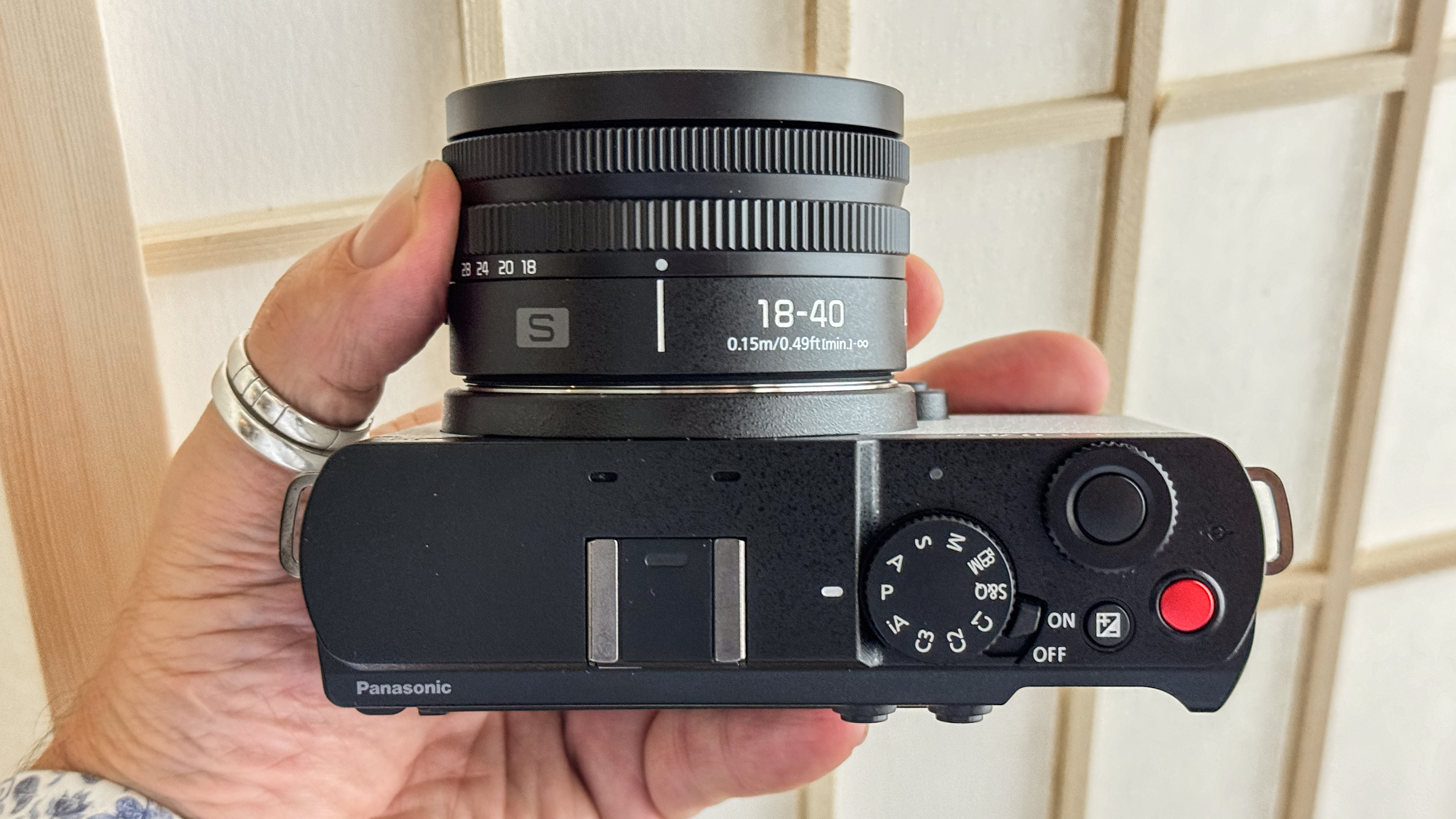
How big is it? 126 x 73.9 x 46.7 mm
How big is the sensor? 24.2MP full-frame
What about a small pancake lens? Try the Panasonic Lumix S 18-40mm f/4.5-6.3 kit lens
I’m giving the Panasonic Lumix S9 an honorable mention because the list price sits slightly higher than compact cameras like the X100VI, but sales sometimes push the camera’s cost under that. What the S9 has that the other cameras on this list don’t is a larger, full-frame sensor.
Despite the large sensor, the body of the S9 is still fairly compact. The downside to that size is that the S9 omits both a viewfinder and a grip. Still, the S9 is a fairly small camera for having such a big sensor inside and is worth noting for those looking for both something compact with a large sensor. Panasonic has a 26mm pancake lens coming, but in the meantime, the kit 18-40mm f/4.5-6.3 is still fairly small.
You may also like
Still want a camera that fits in your pocket? Browse through the best compact cameras. Or, for more compact mirrorless options, take a look at the best cameras for travel.

With more than a decade of experience reviewing and writing about cameras and technology, Hillary K. Grigonis leads the US coverage for Digital Camera World. Her work has appeared in Business Insider, Digital Trends, Pocket-lint, Rangefinder, The Phoblographer and more.
You must confirm your public display name before commenting
Please logout and then login again, you will then be prompted to enter your display name.
